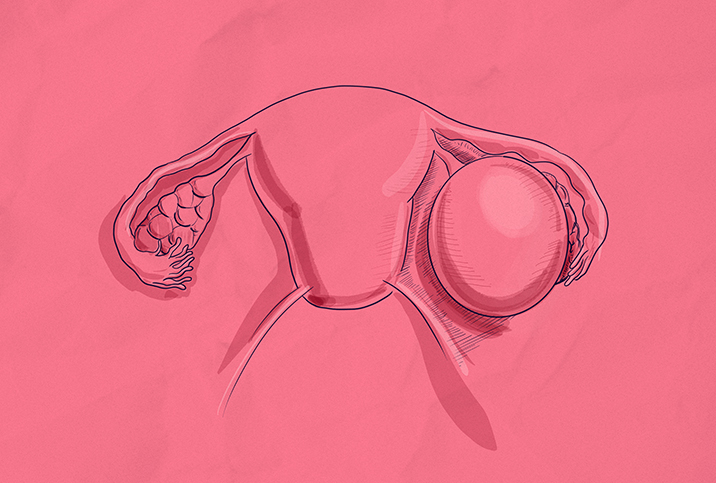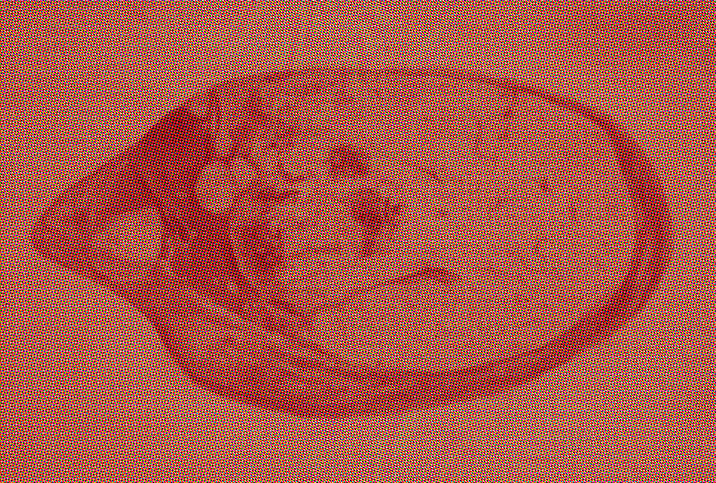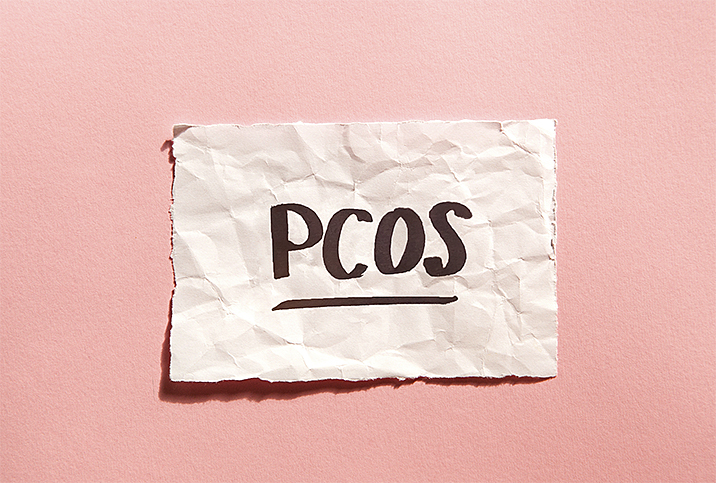Ovarian Cysts: Causes, Symptoms & Treatment

A cyst is similar to a blister: an abnormal pocket of fluid contained by a membrane. In the case of an ovarian cyst, the growth occurs in or on the ovary and comes as one of many types, all occurring for different reasons and in different ways. They typically grow only to the size of a large grape but can be larger in severe cases. While some cysts are a common complication of ovulation, others can indicate more serious conditions. But all should be examined by a medical professional.
Who gets ovarian cysts?
Menstruating women are most likely to experience ovarian cysts. After menopause, a woman's chance of getting a cyst decreases but is not gone. A recent pregnancy, endometriosis, recurrent pelvic infections or polycystic ovary syndrome (PCOS) increase the risk of ovarian cysts.
Causes of different types of cysts
The most common ovarian cysts form due to and around the time of ovulation. Take the follicular cyst, for example. Typically, a follicle of the ovary will contain an egg until it's mature enough to be released. If the follicle does not rupture and release the egg, it will develop into a cyst. If the follicle does break open and free the egg, it still runs the risk of becoming a cyst. The follicle is supposed to shrink into the corpus luteum; if it doesn't shrink and instead reseals, it can become a corpus luteum cyst.
Hormonal issues or fluctuations may contribute to the development of an ovarian cyst. Since fertility treatments often require hormone pills or injections, they can contribute to a specific type of cyst called a theca lutein cyst.
Endometriosis can lead to a different kind of cyst called endometriomas. Because they're filled with a thick layer of blood, endometriomas are usually dark-colored.
Ovarian cyst symptoms
Ovarian cysts are usually small and harmless, sometimes not creating any noticeable symptoms. You may not even realize you have one until your doctor spots it during a pelvic exam. With larger cysts, you may notice bloating, pressure or lower abdominal pain or swelling.
Rare symptoms include abnormal vaginal bleeding, aching in the back or thigh area or pain during sex or periods. The rupturing of cysts causes immediate and intense pain, usually prompting emergency medical attention.
Diagnosis & treatment
To diagnose a cyst, your healthcare provider will perform a pelvic exam, looking for swollen areas of the ovaries. Sometimes, additional diagnostic testing such as an ultrasound is recommended. Ultrasounds help pinpoint a cyst's exact position, shape and size. Checking your hormone levels will help rule out other hormone-related issues.
If your doctor finds a cyst during a routine pelvic exam and you are not experiencing any symptoms, you may be told to wait and see if the cyst goes away on its own. For mild symptoms, a low-dose painkiller or an anti-inflammatory drug may be prescribed.
If necessary, cysts can be removed through laparoscopy (inserting a surgical instrument into the abdomen). For rare, recurring cysts, your healthcare provider may suggest removing one or, in extreme cases, both of your ovaries. Doctors prefer to remove just one ovary because removing both triggers the immediate start of menopause.
Can I prevent ovarian cysts?
Unfortunately, ovarian cysts cannot be prevented. If you get them frequently, talk to your doctor about hormonal birth control, which prevents ovulation and lowers the risk of new cysts from forming.


















